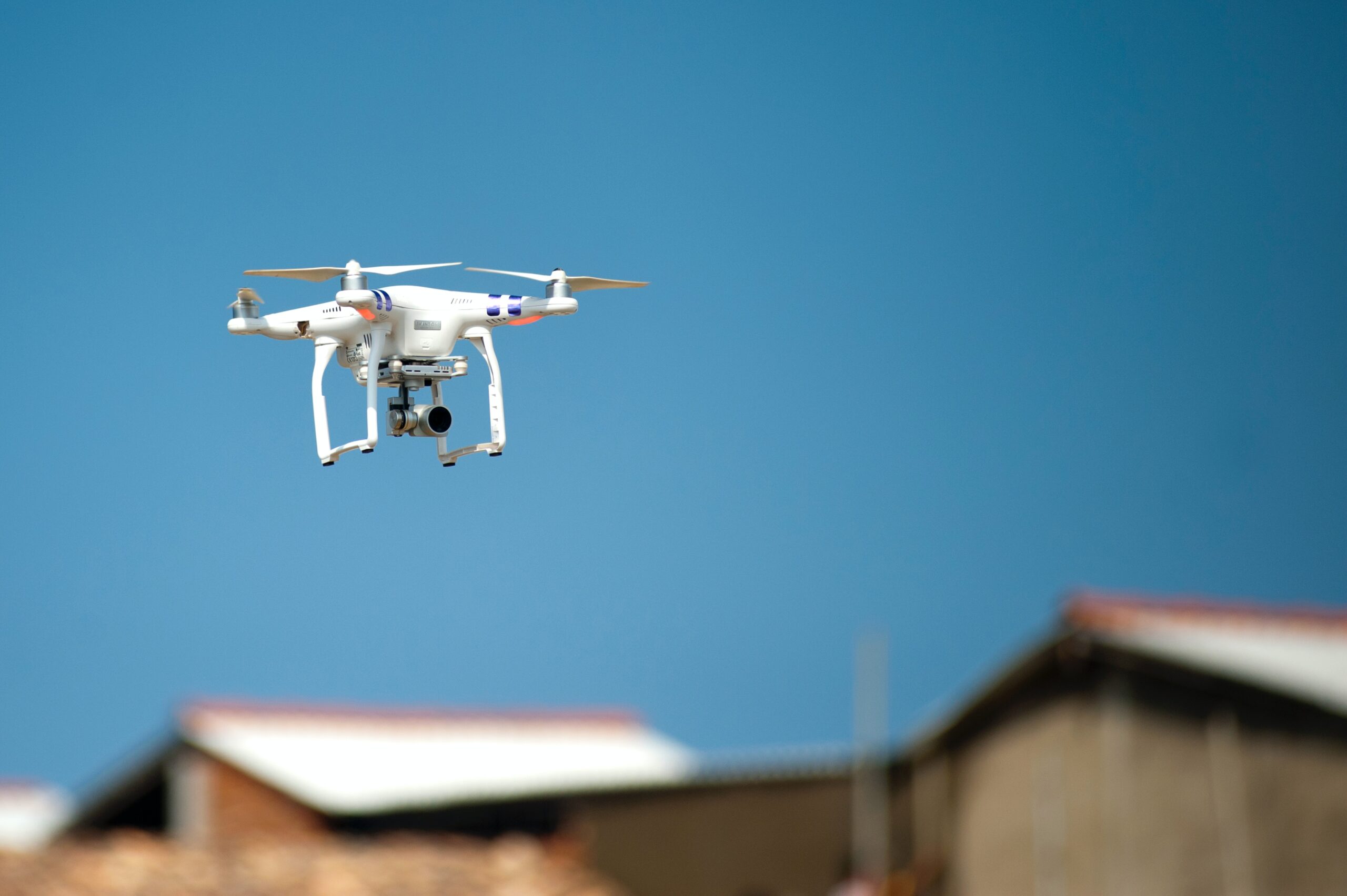What is Robonomics and Why Does a Drone Need a Crypto Wallet?
Robonomics is a decentralized Internet of Things platform that is open source and supports Web 3.0 technologies such as IPFS, Ethereum, and Polkadot. Atomic transactions are used to facilitate the sharing of financial and technical information across applications, Internet of...

Robonomics is a decentralized Internet of Things platform that is open source and supports Web 3.0 technologies such as IPFS, Ethereum, and Polkadot.
Atomic transactions are used to facilitate the sharing of financial and technical information across applications, Internet of Things services, and platform-controlled robots.
Developers will be able to launch Internet of Things devices on a decentralized cloud with the assistance of Robonomics. These devices include coffee machines, drones, and sensors, in addition to smart systems such as autonomous factories or parking lots.
What Is Included in the Ecosystem of Robonomics?
Robonomics Web Services and the RWS token are a decentralized cloud that may be used to network robots and facilitate the transfer of commands and transactions between users’ devices and other users’ devices.
- XRT token for use in house currency transactions;
- Robonomisc.js is an application programming interface (API) library that makes it easier to create apps for the internet of things;
- Software and hardware components for controlling robots;
- Smart contracts enabling the exchange of value amongst autonomous machines.
Robonomics provides support for:
Rust, Python, JavaScript, and Haskell are some of the languages used, while some of the technologies used include NixOS/Linux, Robot Operating System (ROS.org), web3.js, IPFS, lib2p2, Ethereum protocol, and Substrate framework.
Participants on the platform communicate with one another through the use of transactions conducted on Ethereum and Polkadot.
What are the XRT tokens and RWS tokens?
XRT is a coin that adheres to the ERC-20 standard and may be used on the Robonomics network to pay for transaction fees and services. Nodes participate in the Ethereum blockchain by publishing information on the activity of network participants in exchange for rewards denominated in XRT.
The cost of the token increases proportionally with the amount of gas consumed. The XRT tokenomics will be updated by the developers so that the incentive scheme for node owners is preserved when the platform is switched to Polkadot.
To subscribe to transactions taking place on the Robonomics network, you will need RWS tokens. Once RWS has been activated, the user will have the ability to send one completely free transaction every second. The developers distributed one hundred RWS. 50 of them have the ability to get teams that do research and development using robotics.
How Can One Use Robonomics?
Users are transforming internet of things gadgets into self-sufficient economic actors. The wallet address is given to the robot, which gives it the capacity to both take payment for the task it has done and pay for the services of other agents.
Interaction between human and robot looks like this:
- The robot will make an offer to perform work under specific conditions and publish it online.
- The user initiates the creation of a request to carry out a task.
- A human and a robot reach an agreement on terms of a smart contract over the Robonomics network.
- The robot is given instructions on the formation of a smart contract, is tasked with carrying out the instructions, and then reports its findings.
- Following verification of the report by the smart contract, payment is made to the machine.
After that, the machine spends the money as follows:
Pays for resources such as energy and other resources; pays for the services of other robots; pays for its own repairs and maintenance; and pays for the services of other robots.
In the not-too-distant future, the owner and the robot will be able to split the earnings. For instance, Tesla will deliver packages to Uber customers while the owner is busy at work. The vehicle will stop by the car wash at the end of the day, pay the fee, and then pick up the owner from the office.
Why does Robonomics use blockchain technology?
Platform developers can do the following with the assistance of blockchain technology:
Using smart contracts, standardized interaction between network participants should be achieved. Creating new software for connecting new gadgets and giving personal accounts to robots is made easier as a result of this.
Transferring a technical assignment and a reward in one transaction is how Internet of Things devices get paid for the services they provide. This ensures that operations are transparent and provides the ability to monitor the execution of tasks. Additionally, open smart contracts can be created for further usage in Internet of Things applications.
Applications can be developed by other developers that are based on their public contracts.
Where Can You Find the Use of Robonomics Now?
The Robonomics Network team developed different use cases for the platform. Distributed Sky is a peer-to-peer (p2p) platform for the administration of drone fleets. Drones that are under his command communicate with one another regarding the flight, select the most efficient paths, and avoid crashing into one another in the air.
Distributed Sky not only saves information about flights on the blockchain, but it can also automatically adjust a drone’s flight path or power it off if it detects an imminent threat.
The MOBI Grand Challenge will focus on the management of autonomous cars through the use of an auction. The passenger has the option of either paying more money to drive quicker than the predicted time or paying less money to drive slower than the estimated time. During a drive, the “fast” car will pay the “slow” cars a fee to slow down and allow it to pass ahead;
The DAO IPCI is a decentralized environment for investing in environmental efforts. Issuers are the ones responsible for registering initiatives and distributing MITO tokens. Users “pay off” their carbon footprint by purchasing tokens and using them in the system.
